In the beginning
Sitting in a cold windswept harbour on the east coast of Canada is one of the most under rated and over looked and very often under appreciated ships ever to go to sea.
Churchill called them Cheap and Nasty, a phrase we usually associate with something of very low quality today but, back then the platform he was referring to when coining this phrase was none other than the Flower class corvette.
294 Ships would be built to serve in various navies, from the Royal Navy, United States Navy and Royal Canadian Navy to the Free French and Belgium navies plus many more. They would oddly also serve in the German Kriegsmarine.
The flower class would eventually carry the fight to the enemy they would go on the become the backbone of the convoy system and the symbol of the Battle for the Atlantic.
Sitting in that cold harbour on the east coast of Canada is the very last of her kind the only World War two era flower class corvette left in existence she is HMCS Sackville.
HMCS Sackville was built at the Saint John dry dock and ship building company and was laid down on May 28 1940, Launched on May 15 1941 and commissioned into the Canadian navy December 30 1941.
The flower class were of a basic commercial whaler design, these ships had but one purpose convoy escort, being small while using already well developed technology and being based on a commercial design a lot of non military shipyards could build them and build them in numbers.
These corvettes were never designed to go head on with the big gun warships they had a simpler task defend the convoys from attack by U boats by using its weapons and sensor systems to maximum effect.
Weapons Sensors and Dimensions
Originally the Flower class were 205ft long having a beam of 33ft and a draught of 11.5ft the flower class displaced around 925 tons fully loaded, being small these ships were cramped for their 85 crew, modified Flowers would increase in crew to 90 and displacement to 1,015 tons and length to 208ft by wars end and would enjoy upgrades as the technology came online.
Their small size meant that the type of weapons carried were also limited in number and size, up front they sported a single 4in MK IX gun whose design dated back to World War one and would be retained for the duration.
In addition to their main gun they would also carry two Vickers .50 machine guns two .303 Lewis machine guns and up to 40 MK2 depth charges carried on two rails aft.
Later on during refits the weapons would change this would increase their anti aircraft capability by adding a single 2 pounder pom pom and 2 single 20mm Oerlikon guns.
Depth charge capability and capacity was increased to 70 MK2 charges and sporting two depth charge throwers on the side, In addition to this increase in anti submarine weapons the new hedgehog anti submarine mortar was added.
Early in the war the Flowers would be fitted with a SW1C or 2C radar system which could locate surface and air contacts, later on they would get the upgraded type 271 2C radar system.
Sonar or ASDIC was provided by the type 123 or type 127DV system but again later on they would receive a much improved type 144 sonar system.
The flowers would maintain a simple tried and tested power plant throughout their lives which was the triple expansion steam engine which produced 2,750shp.
The boilers however would change depending on the shipyard and later variants from the venerable scotch boilers to the improved three drum boilers.
The triple expansion engine could produce enough power to propel the ship to 16 knots via a single shaft and 3 blade screw in a good sea state, while retaining an economical range of around 3,500nm at 12 knots which was ample speed for their intended role.
The Role
The Flower would make its mark on history by undertaking the mundane task of convoy escort, this is where a group of ships is herded together and then escorted en-bloc by several warships.
In the 1940’s merchant ships were slow cumbersome affairs with many barely able to make double digit speeds, it is therefore the reason why the Flower did not require speed.
The U boat, the main German weapon platform used against convoys were the Type VII and type IX, these were capable of 17 or 18 knots on the surface and only around 8 knots submerged.
With limited submerged speed and endurance the Flowers role wasn’t always to sink the boat but to pin it down long enough and let the convoy escape out of range then rejoin.
By Forcing the U boat to submerge rendered it almost blind and restricted its speed and maneuverability, thus keeping it in a constant evasion stance.
Like all wars of attrition some of the Flower class would come to grief by the very platform they were intended to hunt, some 22 Flowers would be sunk by submarines during the war 11 more by other methods, despite this a total of 296 Flowers were built and they served almost every allied navy during the war and uniquely they also served in the Axis navy after several were captured in the fall of France.
The Convoy
Convoys were integral to the survival of the UK during World War Two, both sides were well aware of that fact, it was these convoys that ultimately held the key to victory or defeat.
The Battle for the Atlantic was the longest running campaign of the war it started on September 3 1939 and did not end until May 8 1945, it encompassed both North and South Atlantic and would go on to include the Arctic regions as well.
The convoy is a simple yet effective solution when confronting commerce raiders, for millennia convoys have been used in various forms on the sea, in the air and on land.
You may think the convoy system is a relic of the World Wars but the convoy system goes back to pre biblical times and is still used today in warfare.
No military no matter its size or composition in coalition could escort single vessels on their journey, this was true in both world wars and is also true in modern times.
Instead ships would converge into formations at a single meeting point then form up usually in a box pattern.
Convoy sizes varied during the war with the average size being around 30 ships, these would be placed for a 30 ship convoy usually 6 abreast spaced around 500 yards apart and 5 ships long spaced up to one mile from the ship in front.
The convoy would put its highest value assets usually tankers and troop ships in the middle, as always there is one position no one wanted to be in and that was the flank corners of a convoy known to the merchant men as “coffin corner”.
Surrounding this convoy would be escorting warships, sometimes escorts were so thin on the ground only a single escort would be available, but as the war progressed and escorts become more available the protection increased and some convoys could expect numerous escorts giving them protection.
The speed of the convoy was vital, in reality the speed of any convoy is dictated by the slowest member regardless of the speed capability of your own vessel, the system was devised in order to group ships according to speed capabilities.
Each convoy would receive a classification from one of over 300 two or three letter codes depending on its route and speed, for; example HX was the classification used for a fast convoy Halifax to Liverpool, its reverse ON which is Outbound North America, The classification ONS which is Outbound North America Slow which details here the convoy speed capability.
Convoys work by denying the enemy routine shipping movements, in the early years when America first entered the war ships along the east coast were convoy free, thus the U boats didn’t have to wait too long to catch a victim, the result of operation drumbeat reinforced the convoy system effectiveness.
Convoys would be used in every theatre of operation from the Atlantic to the Pacific, and in most of those regions you would find the little Flower class.
The Theatres
The Flowers would see action in various theatres of war, they are most known for their contribution in the Battle of the Atlantic but many would go on and fight in the Indian ocean or Mediterranean escorting convoys to Malta and Egypt and much later on Italy and Greece.
Others would find themselves in colder climates on the convoy routes to Russia, dubbed the worst journey in the world these hardly little vessels would be fighting not just the enemy but the raging sub zero temperatures, ice, and rough seas.
In 1942 during operation torch the flower class would assist in getting the merchant ships safely in position in order to make their onward journey to North Africa, some flowers did go on to take part in the landings mainly providing shore bombardment and anti submarine screens.
The Flowers would also be present or involved with most of the biggest operations during the war, most notably during D Day in 1944, the Flowers were called upon to provide an anti submarine screen around the shipping channels, while others helped bombard the shore, in all they played their part in full to effect the final outcome.
The Finale
With the war now coming to a conclusion and the U boat threat much diminished these little ships would find themselves out of a job.
Un needed by the navies that built them, out classed and out dated by more modern ships they would eventually be withdrawn from service and quietly disappear to scrap yards, other navies or repurposed for commercial uses.
The Flower class corvette was largely responsible for the making of several navies around the world none more so than the Royal Canadian Navy which at the start of World War Two in 1939 had just 11 combat ships.
The Flower class would be the bulk of the Royal Canadian Navy and while these little ships didn’t have the glory and pomp of the bigger battleships and aircraft carriers they none the less played their part and got their ships through.
Despite the odds and in the beginning lack of numbers the Royal Canadian Navy by wars end would be responsible for the Northwestern Atlantic.
These little ships helped form the basis of the Royal Canadian Navy today and their successes during their many campaigns cemented forever a debt of gratitude owed by us to them, the men and women of Canada and all nations who built, maintained and served in these ships and would ultimately be immortalised in the book and film the cruel sea.
Their legacy lives on and resides in the now tranquil Halifax Harbour where for many years the flowers would come and go shepherding their charges to support their allies and countrymen on distant shores.
HMCS Sackville is their legacy, and the very last surviving example of a little ship that was as Churchill said was simply cheap and nasty.
Royal Canadian Navy Credits and Losses
31 Enemy U boats confirmed sunk
42 Enemy surface vessels sunk or captured
25,345 merchant ship Crossings completed
Losses:
33 Royal Canadian Navy ships Lost in action
1,797 Men Lost in action
Links and Sources
HMS Sackville Website https://hmcssackville.ca/
Museum ships website https://museumships.us/canada/sackville
Steel Navy for more pictures http://www.steelnavy.com/Sackville.htm


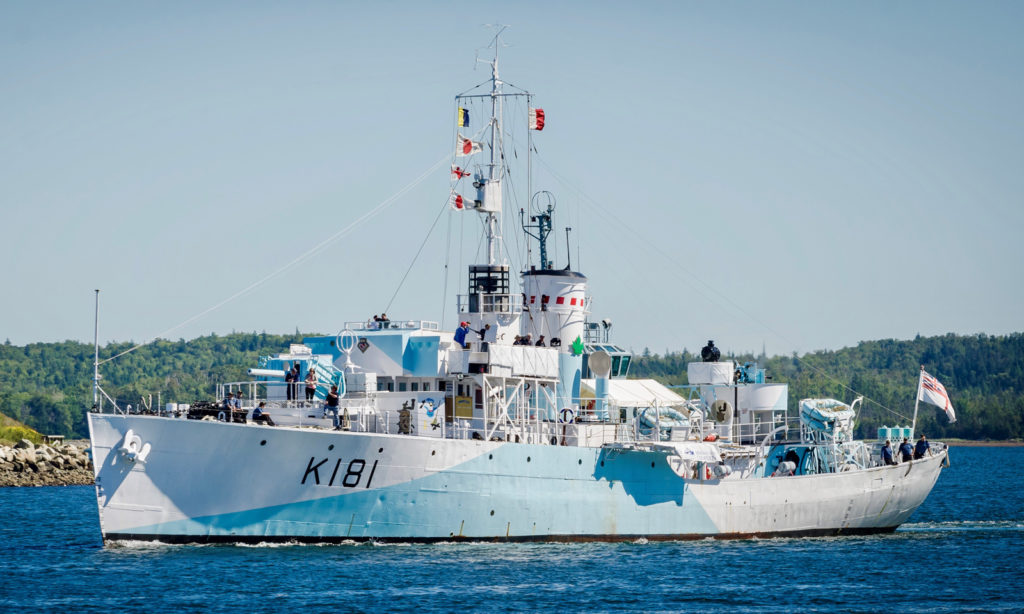
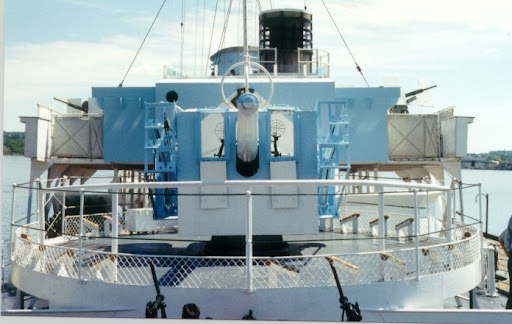
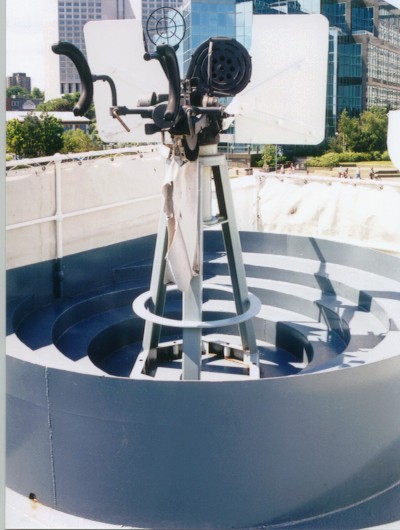
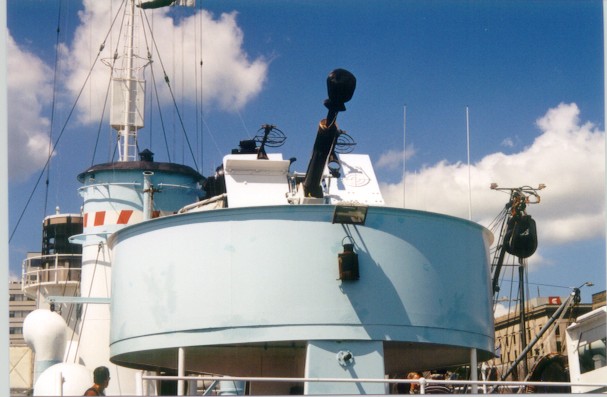

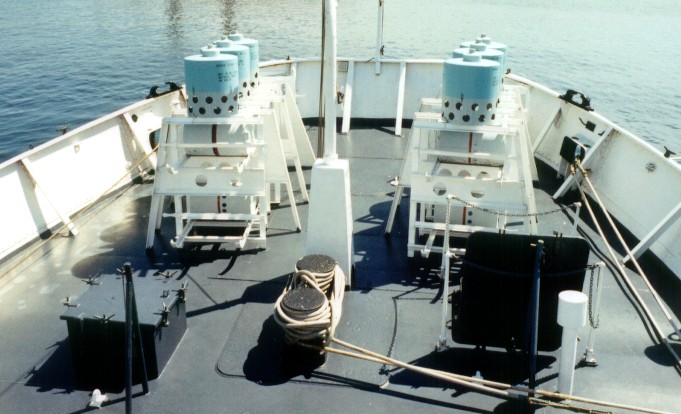
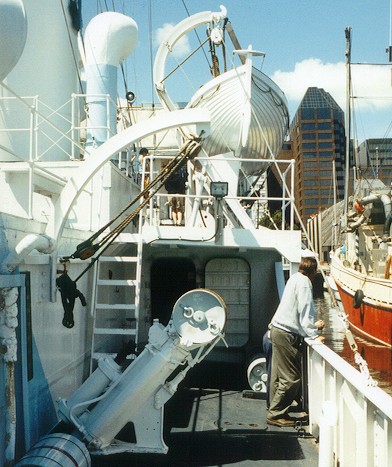
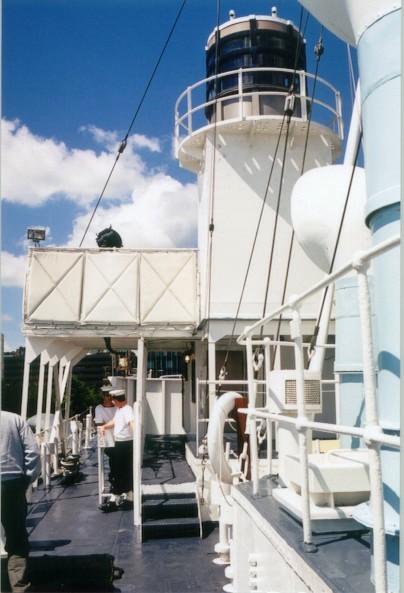
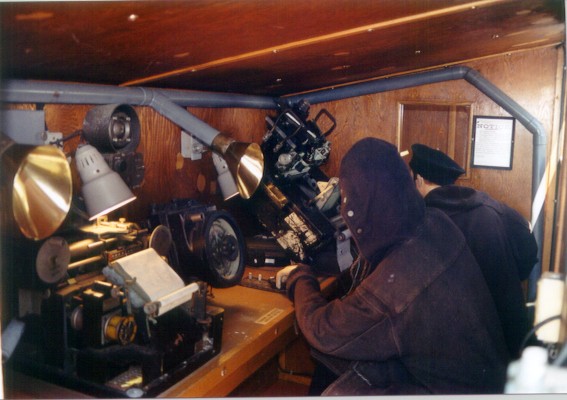
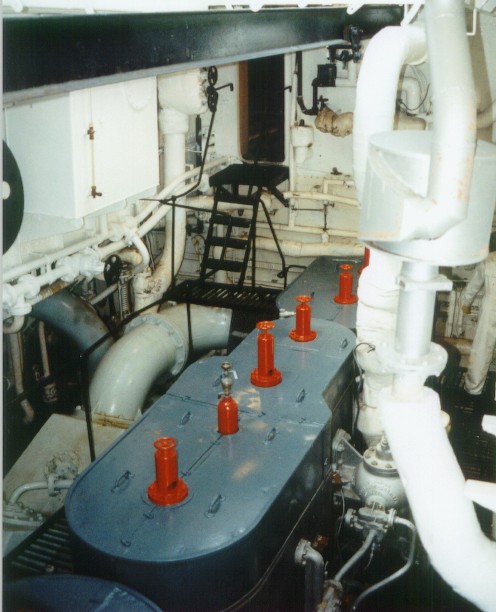
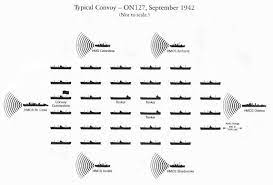
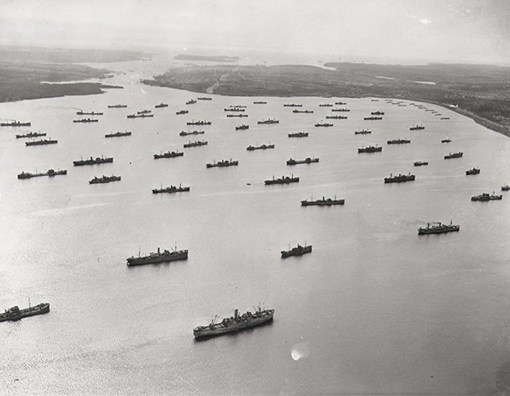
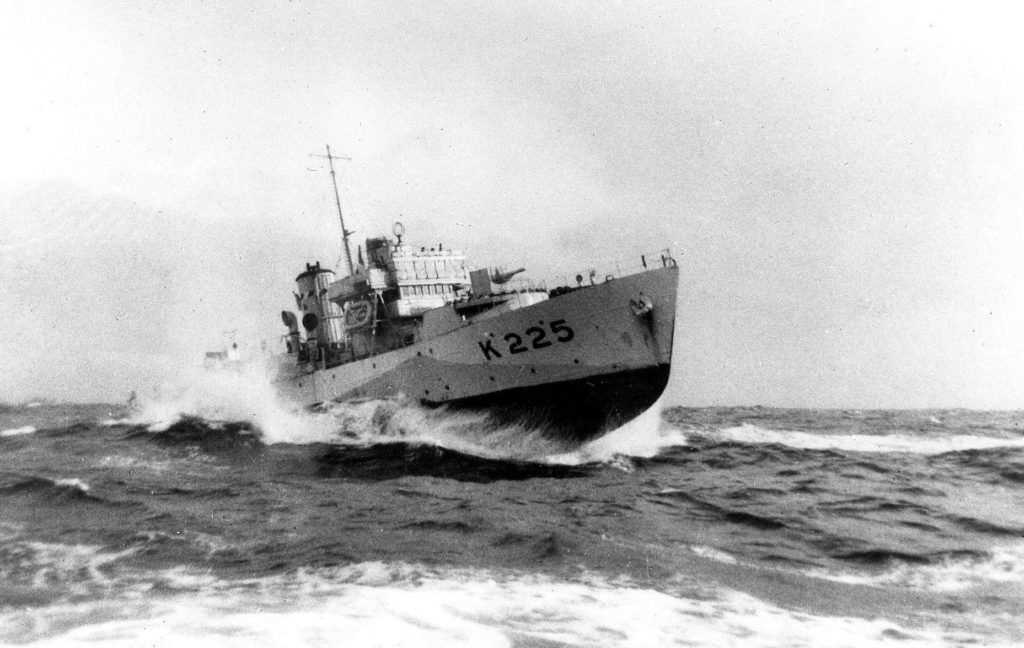

Recent Comments